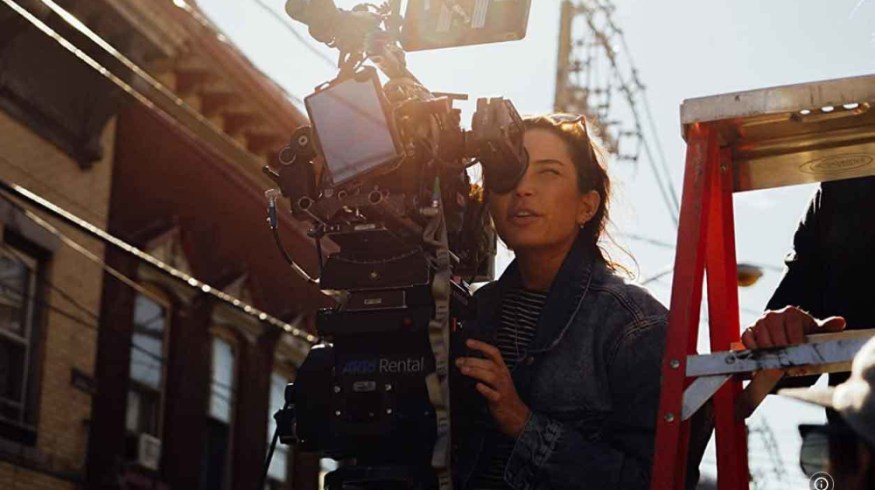
Iconic Cinematography: Our 5 Favorite Shots from Reed Morano
Explore the best shots and sequences from the career highlights of cinematographer-turned-director Reed Morano.
There’s a popular narrative of that one astute filmmaker who can start at the bottom, camera in hand, and work their way to the top. True, there might be just as many examples of finding success due to money or influence. But, the fact that we can find and trace the steps of those who have made their way by developing their craft and generally caring about each step up the mountain is simply inspiring.
One of my favorite examples of a filmmaker rising from documentarian to major Hollywood director is Reed Morano. Known for her cinematography while DP-ing indie standout features like Frozen River and Little Birds and award winning television shows like Looking and Vinyl, she now serves on her own projects as director and cinematographer, including The Handmaid’s Tale and I Think We’re Alone Now. Morano has found success at every level with her cinemagraphic eye, camera, and lensing skills.
For those looking to start out on careers of their own, or simply looking to hone their own cinematography by learning from the masters, let’s dive further into the five best shots and sequences (so far) from Reed Morano’s inspiring career.
Shut Up and Play the Hits
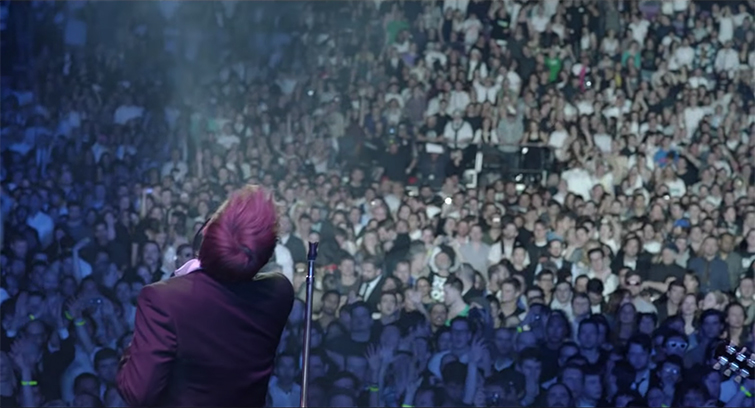
To understand her work, simply look at her roots as a documentary filmmaker. One of Morano’s first major projects was serving as the director of photography behind the LCD Soundsystem documentary Shut Up and Play the Hits. Tackling a multi-camera concert doc is no small task. In many ways, if you want to challenge your cinematic capabilities, trying to capture quality footage in a crowded, dark, and chaotic situation is the perfect baptism by fire, so to speak.
However, what I find really fascinating about the concert doc isn’t the concert footage itself. Instead, it’s Morano’s work in lensing several up-close-and-personal scenes with the band’s frontman James Murphy, which help to set the stage for the historic show. These little vignettes are shot in what looks to be natural light. We follow Murphy as he goes through his morning routine long before he’s on stage and under the bright lights.
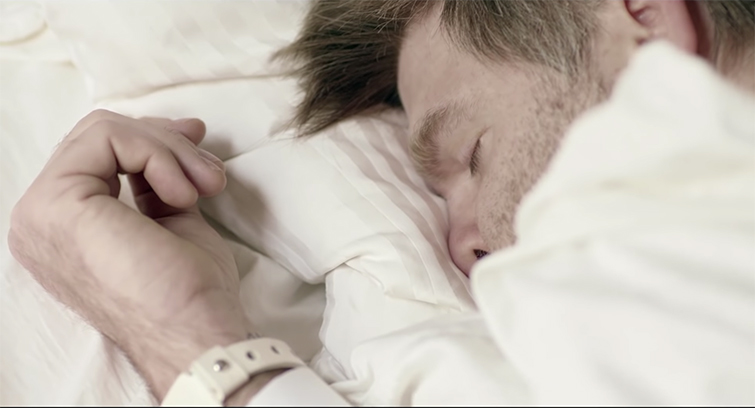
These closeups, which make amazing use of lighting and macro lensing, would go on to become one of Morano’s strongest looks in her cinematography. They ground the documentary in the real world, but also help to turn the story into a character-driven narrative instead of just a flashy concert reel. You can check out other great clips from this morning sequence (as well as many of the beautiful concert shots) in the full trailer for the doc below.
Meadowland

Following the success of her cinematography work on indie films like Yelling to the Sky and Free Samples, Morano was given her first chance to work as the director of photography as well as director on a feature film with Meadowland, starring Olivia Wilde and Luke Wilson. If you haven’t seen it, I won’t give away too much of the plot. But, if you watch the trailer, you can get a gist of just how emotional, intense, and impactful it is in terms of story and performance.
And the direction and cinematography is much of the reason why the film hits with such devastating effect. Speaking with Variety, Morano talks openly about her experiences working with the actors and behind the lens, while shooting handheld for the majority of the film on a ARRI ALEXA. The film is rife with personality and a penchant for creating beautiful bokeh and natural images that really pop and shine in the closeups. You can see this for yourself in some of the best shots from the film above and below.
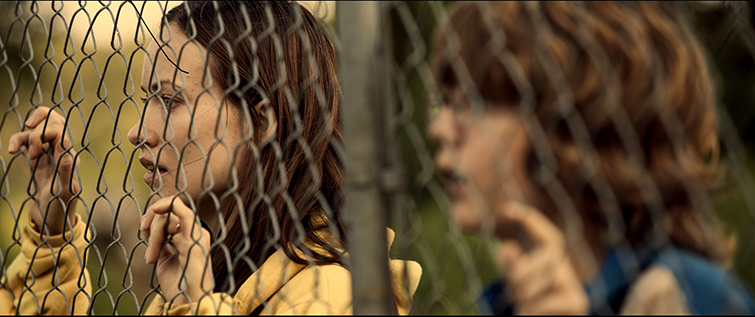
The Handmaid’s Tale
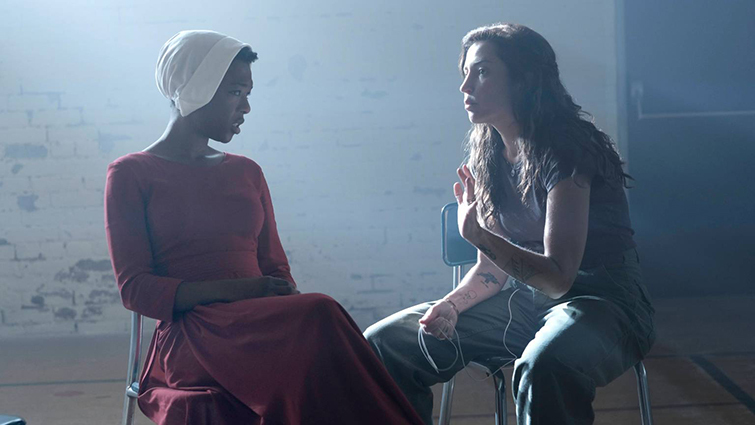
On the heels of Meadowland and her previous cinematography efforts, Morano would transition into television and streaming shows. She worked as both DP and director on several critically acclaimed series, including Vinyl, Halt and Catch Fire, and Billions. However, her biggest breakout to date may have been as the director for the first three episodes of The Handmaid’s Tale, effectively being asked to shape the entire look, style, and tone of the dystopian Hulu series.
As you can see in the original trailer for the series above, this was no small task. As a fan, I’m thrilled Morano was given this opportunity to help develop the show’s overall visual aesthetic. In an interview with Filmmaker Magazine, Morano talks about what drew her to the script and how creating the first few episodes was all about making the right choices. The overall look is dark and emotive, which fits perfectly with the subject matter and tone of the story.
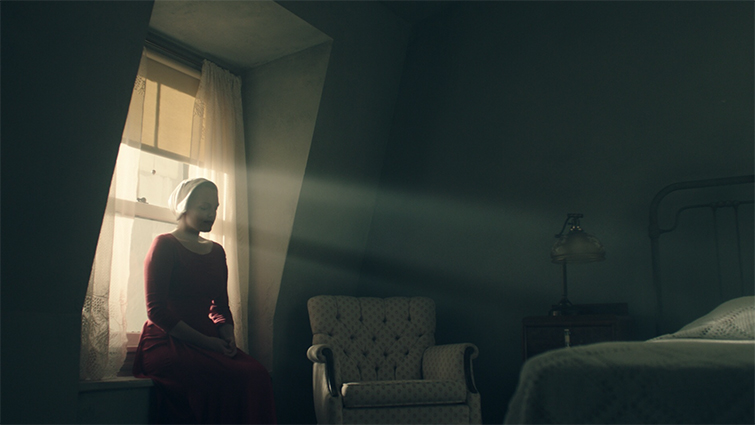
Morano’s use of character-focused closeups remains. However, by this time, the compositions are much darker and often dealing less with bright, natural lighting. Instead, she opts to explore dark spaces and more starkly contrasted rays from windows and out of frame.
I Think We’re Alone Now
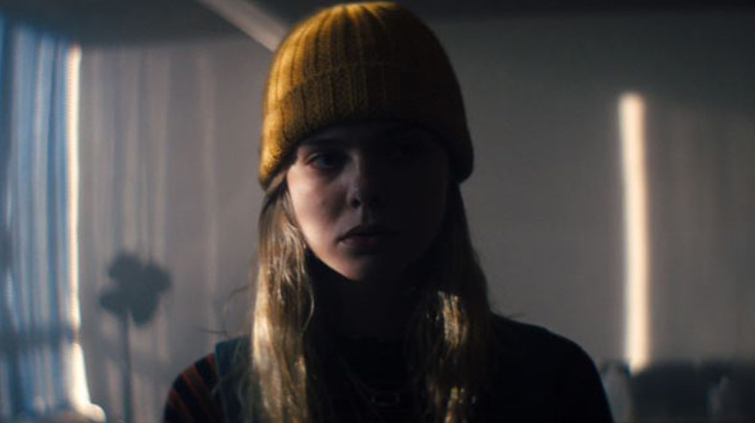
Morano is perhaps best known for The Handmaid’s Tale and some of her more recent directorial efforts. However, probably my favorite film either directed or shot by Morano has to be I Think We’re Alone Now. Again serving as both director and DP, the film is a fresh take on the post-apocalyptic survival film genre, starring Peter Dinklage and Elle Fanning as two of the last remaining humans on earth.
Here Morano’s compositions are much darker, more complex, and more challenging for the viewer to piece together the characters’ emotions. In particular, while there are plenty of scenes set outside, a lot of the film takes place in powerless, dark rooms of abandoned houses in this post-apocalyptic world. This creates ample room for experimentation and beautiful diffusions from the shaded, half-open windows.
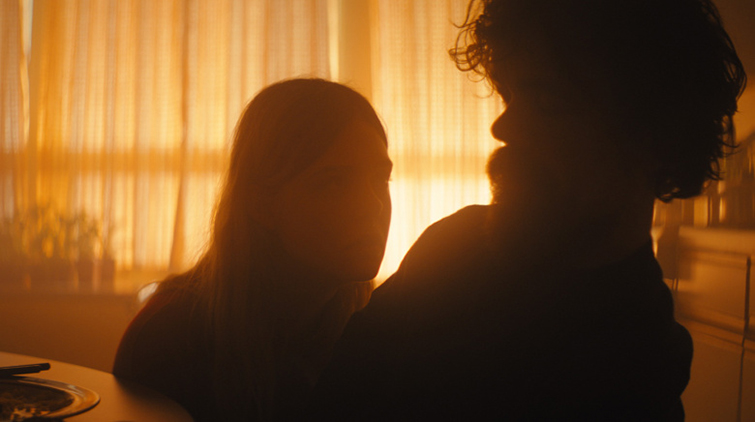
In an interview with Slash Film, Morano gives insight into how her style has evolved over the years, as she mixes in both harsh lighting and her penchant for naturalistic looks and lighting. Personally, I feel like these compositions are some of the best of Morano’s career.
I just thought, I want it to look oddly beautiful and slightly heightened, but also naturalistic with naturalistic lighting and a softness to it. It’s a very harsh scenario. So, there is something nice and sort of dreamy about the lenses that we used, and the way we lit it and light coming through these gauzy curtains.
– Reed Morano
The Rhythm Section
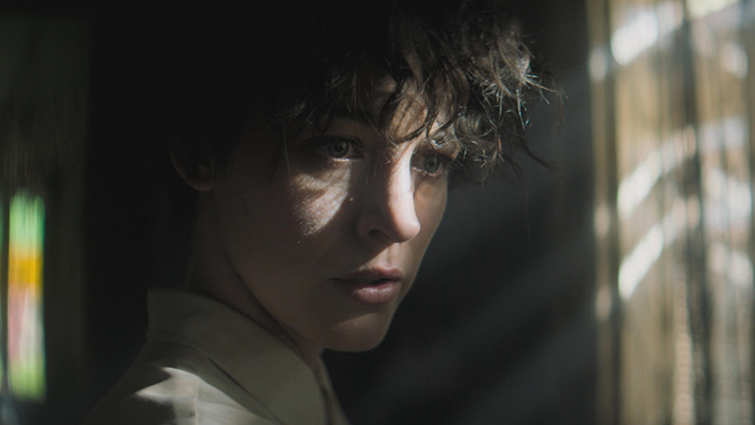
For our last feature on Reed Morano’s career, we look at her most recent work as the director of the action drama feature The Rhythm Section, starring Blake Lively and featuring Jude Law and Sterling K. Brown. The film is perhaps Morano’s most ambitious to date. It feels bigger, both in terms of budget and in story, with lots of action and explosive shots and sequences.
Still using many of her documentary-style techniques and looks, Morano grounds the world of the film for her lead and the audience. With a strong mix of closeups, intense handheld action, and wide establishing shots, she lends structure and context to the film overall.
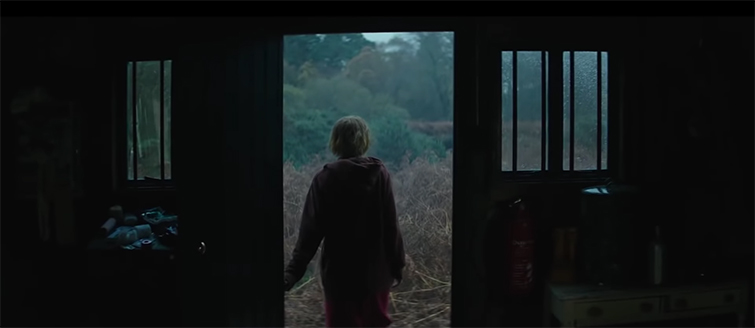
The film is on the cutting edge for how it mixes colors and contrast. It also pays homage to certain genre films of the past (like the shot referencing The Searchers above), with many of the hallmarks popularized with films like the Jason Bourne franchise. Still, the shots that stand out to me bring you into the world of her characters as they struggle with their emotions and inner turmoil.
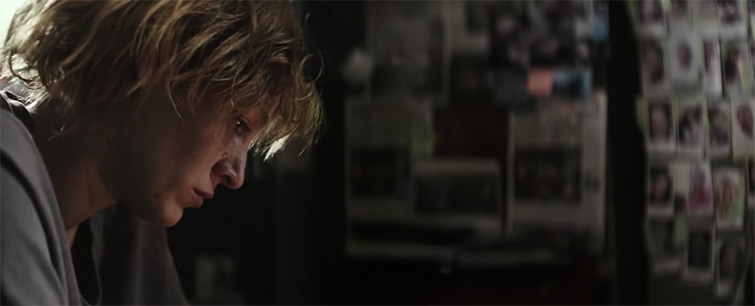
For more cinematographer profiles and shot breakdowns, check out some of the articles below.
- Iconic Cinematography: Our 5 Favorite Shots from Bradford Young
- A Look into the Cameras Used at Sundance Film Festival 2021
- Iconic Cinematography: Our 5 Favorite Shots from Emmanuel Lubezki
- Documentary Trends: Using Aerial B-Roll to Help Tell Your Story
- Iconic Cinematography: Our 5 Favorite Shots from Conrad Hall
Top image via IMDb.






